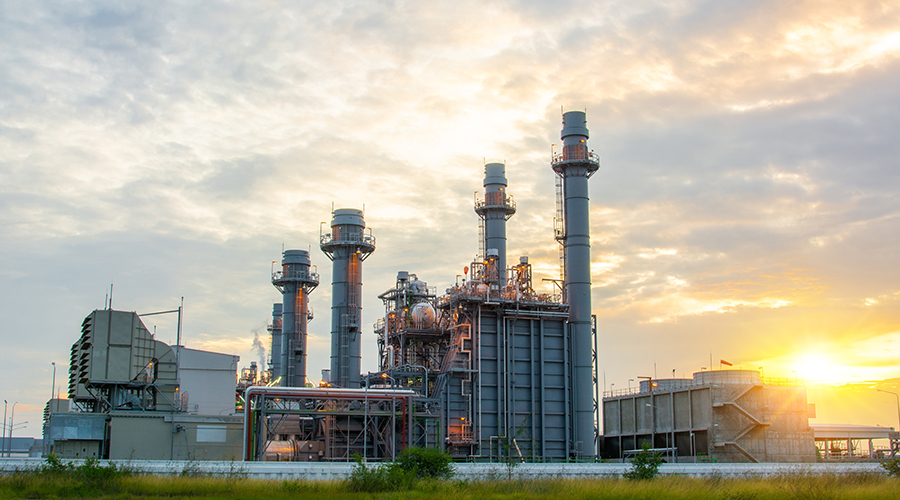
Feds Aim for Net Zero in Facilities
$149.87 million will fund 67 energy-conservation and clean energy projects at federal facilities. November 11, 2024
By Dan Hounsell, Senior Editor
Someday, net-zero energy buildings will be the standard for institutional and commercial facilities, not the exception. The number of such facilities is increasingly rapidly, and recent action by the federal government is likely to push the pace even more.
The U.S. Department of Energy (DOE) recently announced $149.87 million for 67 energy-conservation and clean energy projects at federal facilities. Funded by the Bipartisan Infrastructure Law, the selected projects represent the second and final installment of the $250 million Assisting Federal Facilities with Energy Conservation Technologies grant program, which will help the federal government achieve net-zero greenhouse gas emissions from all federal buildings by 2045.
Managed by DOE’s Federal Energy Management Program (FEMP), the projects will support the transition to net-zero emissions federal buildings by implementing clean energy technologies, such as battery energy storage systems, microgrids and building automation systems and integrating renewable energy through solar photovoltaics (PV), wind, and geothermal. Selected projects include:
Underused technologies. A Federal building and courthouse in Montana will repurpose abandoned mining caves’ groundwater for a geothermal heating and cooling system to replace existing gas boilers; a DOE national laboratory in California will expand its microgrid to 9.4 megawatts of solar PV capacity and boost battery energy storage to 2,000 kilowatt-hours; and a Coast Guard yard in Maryland will slash on-site fossil fuel usage with a comprehensive ground-source heat pump solution.
Eliminating on-site fossil fuel. Through retrofitting and electrification efforts, five projects will eliminate 100 percent of their direct on-site emissions, demonstrating an important step toward decarbonization and advancing progress toward more sustainable federal infrastructure.
Achieving net-zero water. Facing chronic water scarcity, a military fort in South Texas will implement advanced water conservation technologies to create a self-sustaining water system, ensuring long-term resilience and operational continuity.
Dan Hounsell is senior editor for the facilities market. He has more than 30 years of experience writing about facilities maintenance, engineering and management.
Next
Read next on FacilitiesNet












